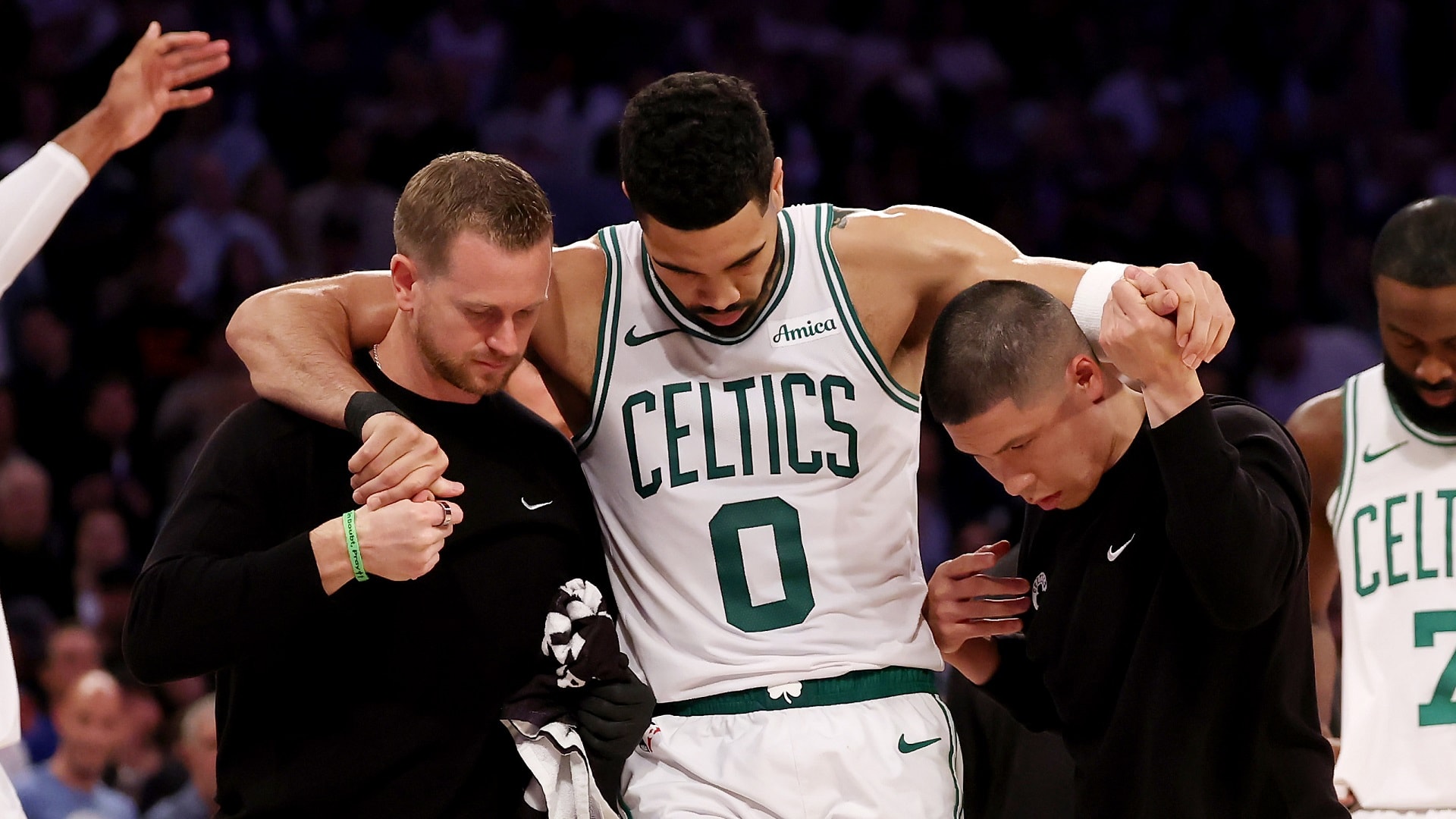SPORTS INFO DASH
Sports Info Dash is your all-in-one hub for real-time sports updates, live scores, in-depth match stats, player profiles, and breaking news across football, basketball, tennis, and more. Stay ahead with the latest in global sports action.
Understanding a Ruptured Achilles: Causes, Impact, and Road to Recovery
Sports Info Dash
A ruptured Achilles is one of the most serious injuries in sports and everyday life. Whether on the basketball court or during daily activities, this tendon injury can have a huge impact. In this article, we’ll discuss what a ruptured Achilles is, symptoms to look for, treatment options, as well as inspiring examples of athletes who faced this challenge.

What Is a Ruptured Achilles?
The Achilles tendon is the thick, strong band connecting your calf muscles to your heel bone. It allows you to walk, run, and jump. When this tendon tears or snaps, it’s known as a ruptured Achilles. Most commonly, this happens during activities that stress the leg—such as sudden jumping, pivoting, or sprinting.
Symptoms and Risk Factors
A ruptured Achilles usually causes sudden, sharp pain in the back of the ankle. Many people describe it as feeling like someone kicked them. Swelling, bruising, and trouble walking are also common. Men between the ages of 30 and 50 are at higher risk, especially those who play recreational sports infrequently (sometimes referred to as 'weekend warriors').
High-Profile Examples: Jayson Tatum’s Achilles Injury
Athletes often face this injury under the spotlight. For example, Boston Celtics star Jayson Tatum recently underwent surgery for a ruptured right Achilles. According to ESPN, Tatum suffered the injury during a high-stakes playoff game, abruptly ending his season and putting the team's future in question. His incident highlights how quickly an Achilles tendon can rupture, even at the peak of physical condition.
NBA.com also covered the story, detailing how Tatum’s Achilles injury puts the Celtics’ championship hopes at risk. You can read more in “Celtics' Jayson Tatum undergoes surgery to repair ruptured Achilles tendon.” The initial shock and lengthy recovery serve as reminders to anyone—athletes or not—of the seriousness of this injury.
Treatment and Recovery Process
A ruptured Achilles usually requires immediate medical attention. Treatment options include both surgical and non-surgical methods. Surgical repair involves stitching the torn tendon back together, often resulting in a faster return to activity. Non-surgical treatment may include casting or a walking boot to allow the tendon to heal, though there is a higher risk of re-rupture. Both approaches require a dedicated period of rehabilitation and physical therapy. Recovery can take anywhere from six months to a year.
Rehabilitation involves strengthening exercises, gentle stretching, and gradual return to daily activities. For professional athletes, rigorous therapy helps them regain peak performance. According to Yahoo Sports, Kevin Durant returned to his superstar level after a similar injury, showing that a comeback is possible with the right approach.
Preventing Achilles Injuries
Prevention is always better than cure. Warm up thoroughly before physical activity and focus on calf and ankle strength. Be mindful of increasing workout intensity gradually. Listen to your body and avoid playing through pain.
Conclusion: Facing a Ruptured Achilles With Confidence
A ruptured Achilles is a challenging injury, but not insurmountable. Immediate care, proper treatment, and patient rehabilitation are essential. Stories like Jayson Tatum’s remind us that setbacks can lead to remarkable comebacks. If you suspect an Achilles tendon injury, seek medical help right away, and follow your care team’s advice for the best chance at a full recovery.